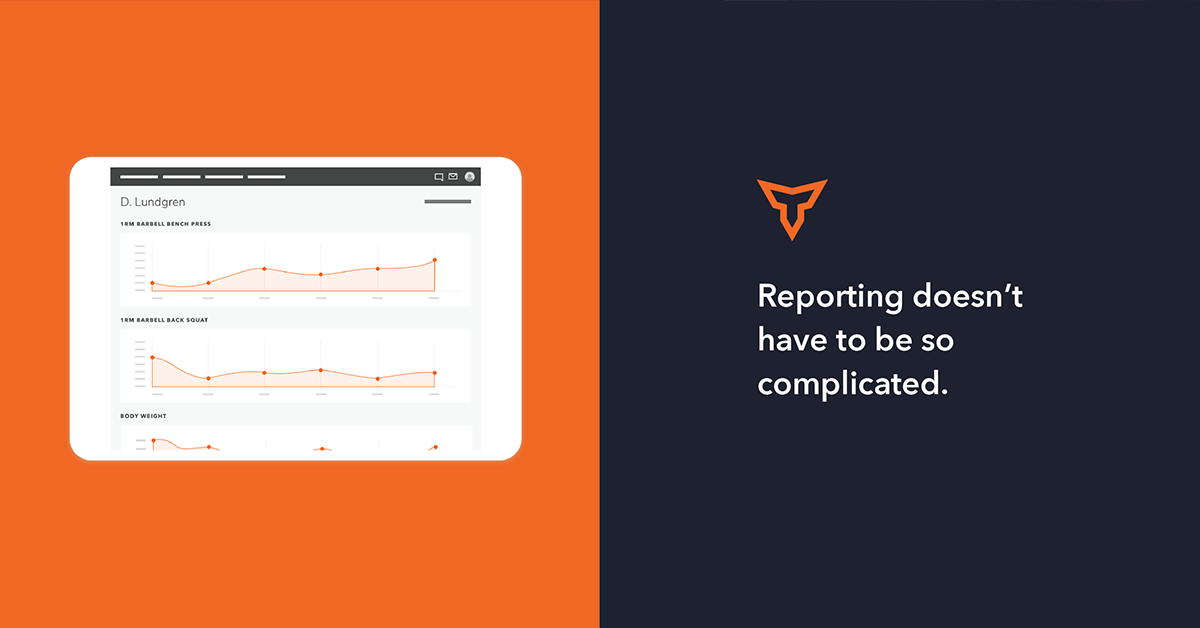How To Use Track Season To Maximize Athletic Development
As strength coaches, we are always looking for ways to offer more value. I want my athletes to be fully developed and well rounded. I want them to get the best strength training. I want them to get the best speed training. I want them to get the best mobility work. I want them to get the best COD and plyometric work. I want them to get the best of everything!
Usually you have to pick and choose which of these you prioritize. If you try to be the best at everything, then you become the best at nothing. That’s part of the gig. You must balance practice, games, and training time to get the best results without over training.
Track season offers an incredible solution to this problem. Now your practice and competition time IS speed development. Your sport handles half of your workload FOR you. And at a level higher than you can provide in the offseason! This means that track season has the potential to become the best developmental time of the year! All it takes is a solid plan and a great relationship with your track coach.
Build a partnership
Turning track season into your best developmental season starts with one big idea: partner with your track coach. (I actually know some strength coaches who ARE the track coach!). I have found the following helps when building that relationship:
- Learn together. For a solid partnership the strength coach and track coach have to be on the same page philosophically. One of the best ways to do this is to share in continuing education together. Bring your track coach to a strength clinic. Go with him to a track and field conference. Take an ALTIS course together. The more that you learn together, the more you can speak each other’s language.
- Compromise. This may go without saying, but you will never be completely on the same page as another coach. And it is his season. Sometimes you may need to cut an exercise he’s not a fan of. Sometimes he may need to let you implement some drills he doesn’t believe in. At the end of the day, no plan is perfect so be willing to change enough to keep the partnership going.
- Promote the track program. Coaches always want more athletes. The more you can encourage the athletes in your school to participate in track, the more likely your track coach is going to buy into what you’re doing as a strength coach.
Speak the same language
One thing we have done here at Liberty that has been very successful has been to create uniformity across our programs in regards to warm ups, movement skills, and speed development.
At the beginning of last year I sat down with our track coach and asked “what do you want in a warm up”. Then I told him what I wanted and together we built a dynamic warm up that included both of our priorities. Now every team on campus uses that same dynamic warm up. Our athletes get consistency and continual improvement with skills we both think are important.
We used this same process for our acceleration progression, change of direction progression, and our plyometric progression. So now when my athletes are with our track coach, I know they are learning the same coaching cues that I use in our strength program. And vise versa. It benefits the athletes because they get a congruent message from all of their coaches, all year round. This benefits coaches because we know athletes are improving on skills we deem important even if we aren’t with them. There is no drop-off transitioning between sports or seasons.
Training that complements
This is where the real value in track season lies. If you are willing to plan your training sessions in conjunction with the track program, you can maximize athletic development. Here are some principles we put in place during our planning:
- If possible, separate speed and lifting training sessions. Quality of training will increase when athletes can focus on one or the other. Combining track practice with a lifting session means that one will suffer in quality. A fatigued athlete from the weight room cannot sprint at maximum capacity. The same applies to a fatigued athlete in a lift.
- Offset high intensity days in the weight room and high intensity days on the track. This will allow for the athlete to give full effort to the more intense session of the day without sacrificing performance in the lesser.
- All workouts, both on the track and in the weight room should have a focus on quality over quantity. Due to the nature of multiple workouts per day overall volume will already be high, so individual session volume should remain low.
- If hypertrophy work is necessary for certain groups, save it until AFTER a meet so that the weekend gives 48 hours of recovery. This will also prevent a high volume day from interfering with training quality of other days.
- Implement a dynamic effort weight room session the day before the meet, keeping low volume in the 24hrs leading up. Low rep high velocity work won’t be as taxing on the CNS and can actually lead to performance improvements for the next 12-24 hours due to CNS activation.
For athletes not participating in actual meets, use the meet day as an opportunity to either get a higher volume lift in or competitive speed work depending on the needs of your particular athletes. This can be a great opportunity for more sport specific work that can help maximize athletic development.

It’s not a new or novel concept but treating track season as your best season to maximize athletic development can change the context through which you plan your spring. Athletes now can maximally develop speed, and with a balanced approach still make significant progress in the weight room.
Encourage all of your athletes to participate in track, even if they don’t plan on running in meets. All of your athletes can benefit from a strong focus on speed. Your track program will flourish and all of your other sports will reap the benefits.
Subscribe to our blog
Subscribe to receive the latest blog posts to your inbox every week.
Related posts

Maximizing Off-Season Training: Strategies for Success

The TeamBuildr Approach to Long Term Athletic Development


